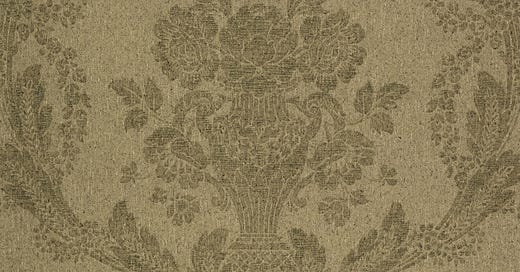In the 19th century, natural perfumery reached a golden age, a time when fragrances were crafted exclusively from the pure essence of plants and animal-derived materials. Before the advent of synthetics, perfumers relied entirely on essential oils, absolutes, tinctures, and resins, painstakingly extracted through traditional methods like distillation, enfleurage, and maceration.
Books from that era didn’t just offer recipes; they captured the soul of perfumery as a tactile, botanical art, blending science with philosophy and craft with nature. These works revealed a world where scent was deeply connected to the seasons, the land, and the spirit of the times.
To capture the aromatic essence of natural raw materials, perfumers employed a variety of extraction techniques suited to each botanical or animal source. Essential oils were primarily obtained through steam or water distillation, ideal for hardy plant parts like woods, roots, seeds, spices, and many herbs. Citrus rinds were processed by cold expression to preserve their fresh, volatile notes. More delicate flowers such as jasmine, tuberose, and violet were often extracted using enfleurage or solvent methods to maintain their fragile aromas. Tinctures, alcohol-based extractions, were commonly used for resins, balsams, vanilla, tonka bean, and other materials that resisted distillation or required a gentler touch. Maceration and pomades further extended the perfumer’s toolkit, allowing for rich, complex expressions of floral and resinous notes. This diverse palette captured the complexity and depth of natural scents long before synthetics transformed the industry.
Many antique formulas lean masculine by today’s standards, reflecting their cultural context. Still, the natural essences of the period offered a rich and varied palette for crafting nuanced fragrances that continue to inspire modern perfumers.
If you’re interested in exploring or adapting these historic formulas, here is a glimpse into the extensive range of raw materials that 19th-century perfumers worked with.





